Smyrna 1850 – 1925 Paris
Armenian – French Painter
'Still Life with Flowers and Fruit on a Table'
Signature: signed and dated lower right 'Eritziane 1921'
Medium: oil on board
Dimensions: image size 76,5 x 58,5 cm, frame size 90 x 75 cm
Biography: Jean Eritziane, born Chnorq Eritziane in Smyrna (Asia Minor) in 1887, was a notable portrait painter whose artistic journey took him from the cultural crossroads of his birthplace to the vibrant art scenes of Moscow and Paris. His Armenian heritage endowed him with a unique perspective, while his European education refined his talents, enabling him to leave a lasting mark on the art world.
Eritziane’s initial studies in Moscow laid a solid foundation for his artistic career. He later honed his skills at the prestigious École des Beaux-Arts in Paris, where he studied under the tutelage of masters such as Léon Bonnat and Fernand Cormon. Despite his early achievements, the outbreak of World War I in August 1914 dramatically altered the course of his life.
A passionate patriot, Eritziane enlisted as a volunteer in the 2nd Foreign Service in 1914, leaving behind his studio and the promise of a burgeoning career. During the Marne campaign, he was twice injured, enduring a slow and arduous recovery that was marked by a determined spirit. Once his strength returned, Eritziane resumed painting, infusing his work with a renewed sense of purpose and a distinctive modern touch while drawing inspiration from the 18th century.
Eritziane’s work during this period showcased his exceptional ability to capture the play of light and his commitment to rendering reflections with meticulous accuracy. His dedication to his craft earned him recognition, including the acquisition of his portrait of M. Martin, the inventor of the French machine gun, by the French State in 1916. Additionally, he painted the portrait of Felia Litvinne, a celebrated French-based dramatic soprano.
In 1919, Eritziane’s resilience and artistic talent were further acknowledged when he appeared at the Exhibition of Mobilized Artists, highlighting his contributions during and after the war. He was particularly noted for his expertise as a pastelist and his still life compositions featuring fruit and flowers.
Eritziane signed many of his works as Chnorq Eritziane, a nod to his Armenian roots, despite the name often being misunderstood as German by those less familiar with it. After his heroic service and subsequent recovery, he embraced the name Jean, a reflection of his integration into French society and his enduring love for his adopted homeland.
Jean Eritziane’s life and work remain a testament to the resilience of the human spirit and the transformative power of art. His legacy, marked by his masterful portraits, still lifes, and courageous wartime service, continues to inspire and evoke admiration.





























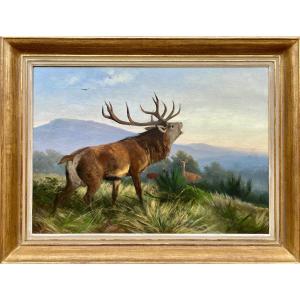
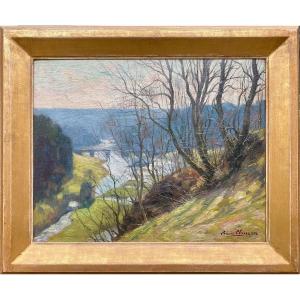



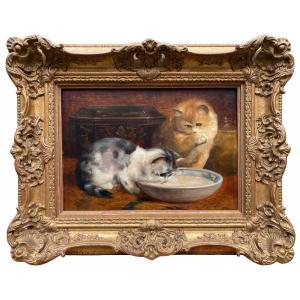

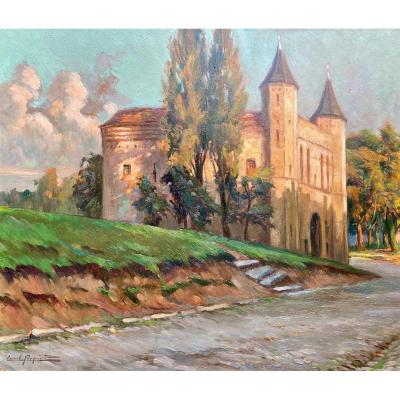

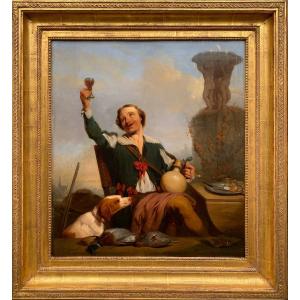


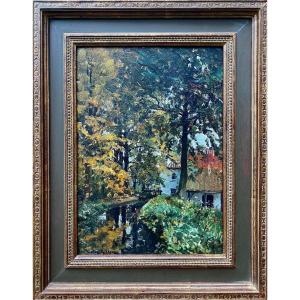


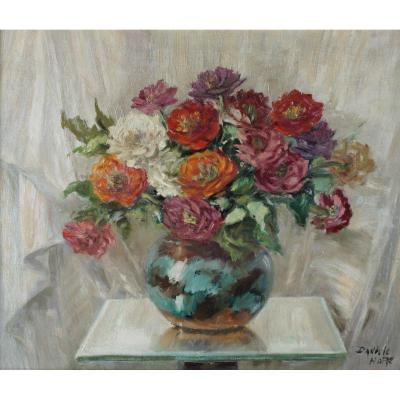





 Le Magazine de PROANTIC
Le Magazine de PROANTIC TRÉSORS Magazine
TRÉSORS Magazine Rivista Artiquariato
Rivista Artiquariato